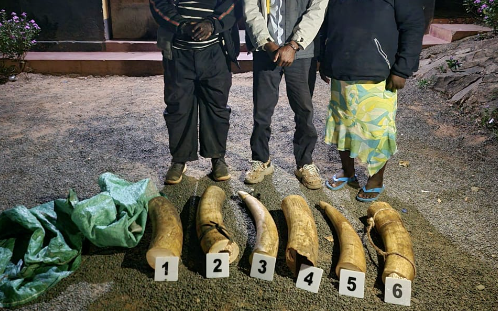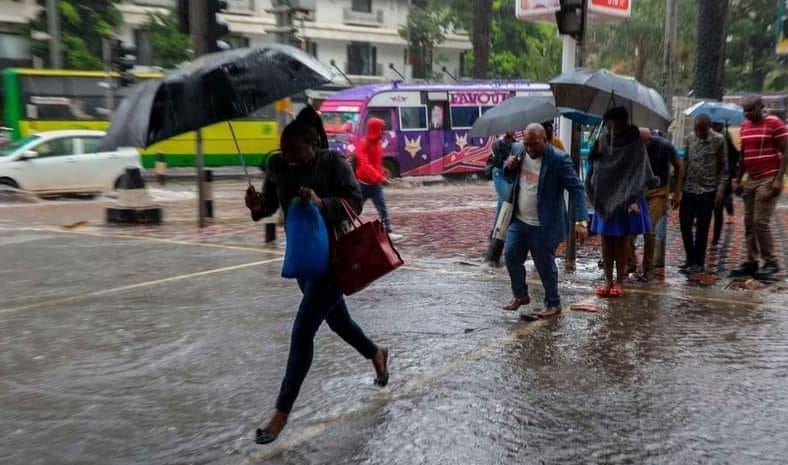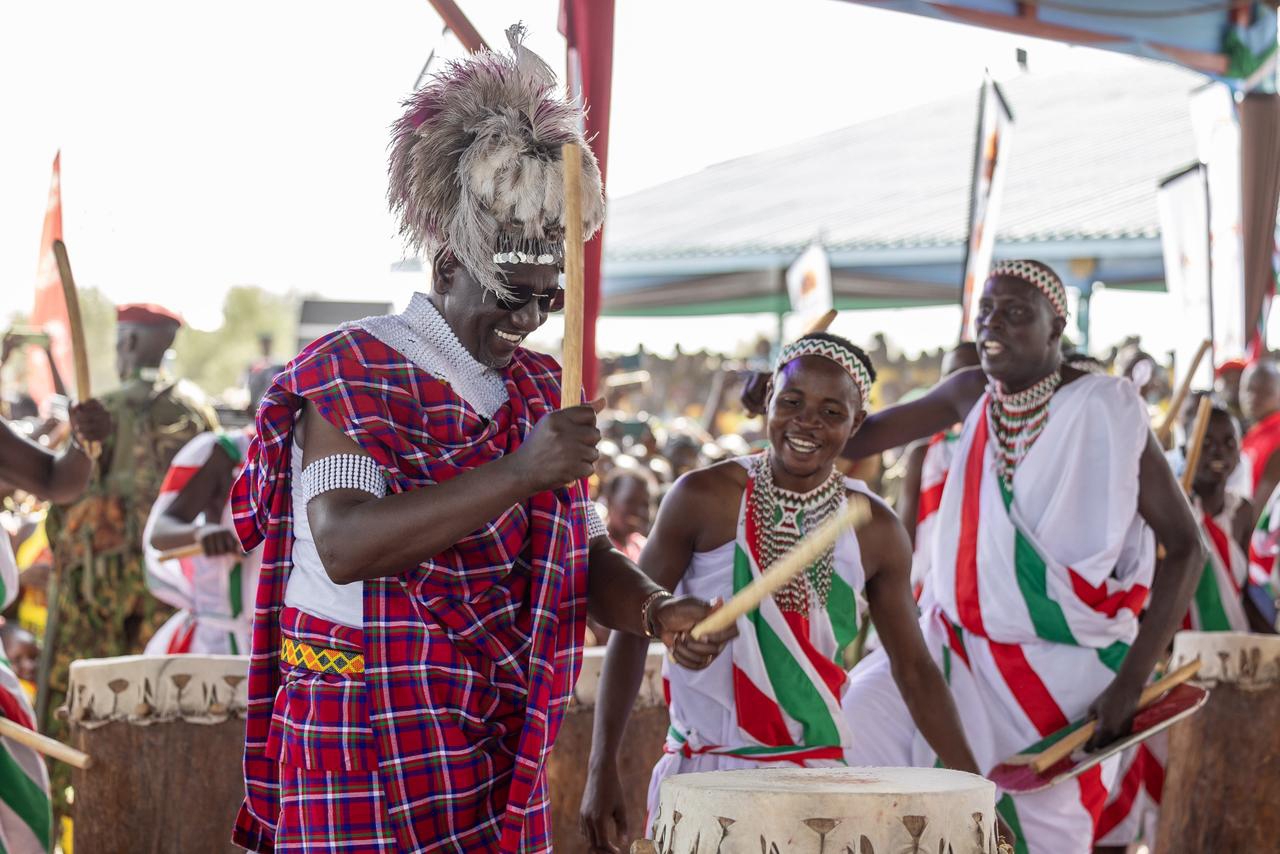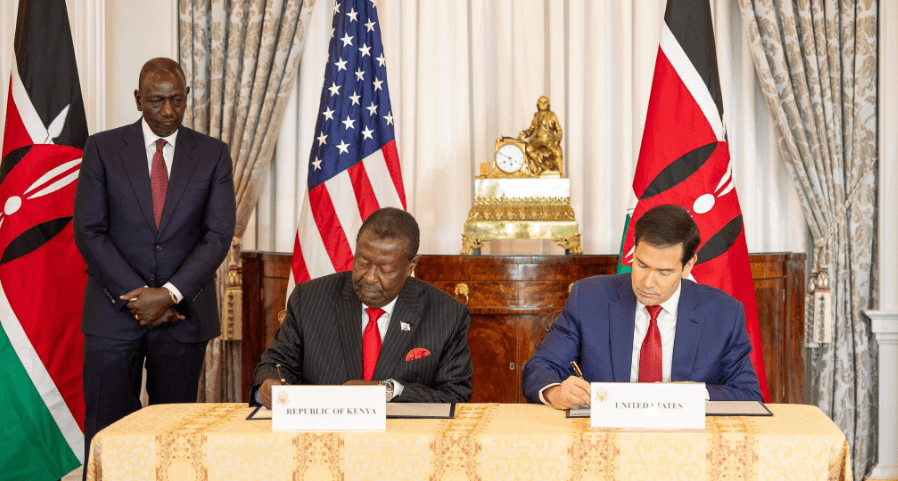

Police in Mbeere South have arrested three suspected ivory traffickers and recovered six elephant tusks found in their possession.
In a statement on Thursday, the Directorate of Criminal Investigation (DCI) said the arrest followed a joint operation of the police and Kenya Wildlife Service (KWS) officers.
The statement said the suspected traffickers - two men and a woman of ages 44 to 46 - were intercepted at the Siakago-Kiritiri junction transporting the elephant tusks weighing 48 kilograms in two gunny bags.
"The trio have been presented before the Siakago Law Courts where they were charged with dealing in and possessing wildlife trophies of an endangered species without a permit. The three have been remanded until June 11, 2025, pending a pre-bail report, as authorities continue with their investigations," the DCI said.
Kenya continues to confront illicit ivory trade, with recent arrests highlighting ongoing efforts to conservation efforts.
In January 2025, two police officers were apprehended in Machakos county with 49kg of ivory valued at Sh 4.9 million.
The officers were intercepted along the Nairobi–Mombasa highway and handed over to the Directorate of Criminal Investigations for prosecution.
Earlier, in August 2024, a significant seizure occurred in Kibwezi, Makueni county, where authorities confiscated 84.9kg of ivory during a high-risk operation.
One suspect was arrested, while three others escaped.
Despite international bans, thousands of African elephants are illegally killed each year for their tusks.
In 1989, international trade in ivory was banned by the Convention on the International Trade in Endangered Species (Cites), but elephant populations have continued to suffer.
More than 1.3 million elephants roamed Africa at the end of the 1970s, but today, there are around 450,000.
A resurgence of demand from unregulated markets in Asia and Africa has been a significant driver.
These incidents underscore the persistent threat that ivory trafficking poses to conservation efforts locally and internationally.


















